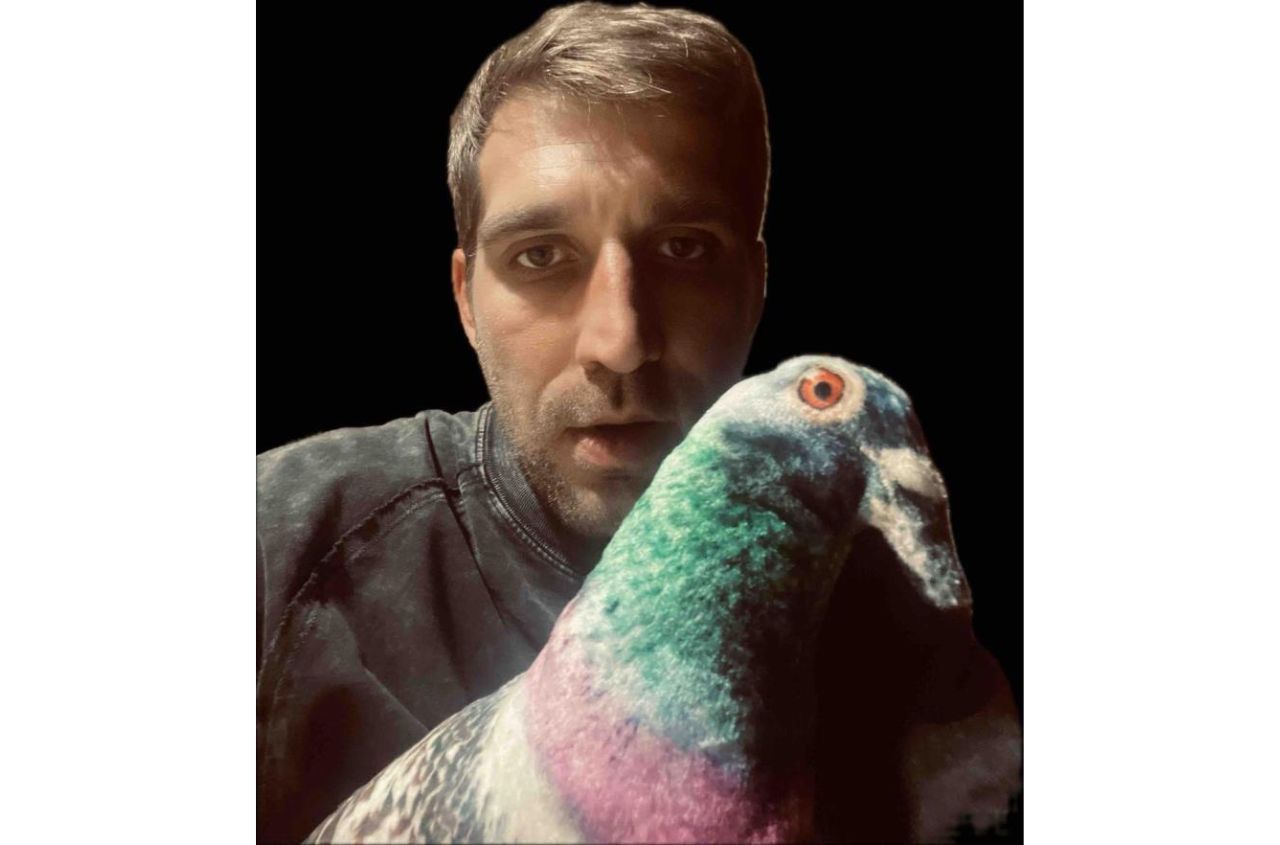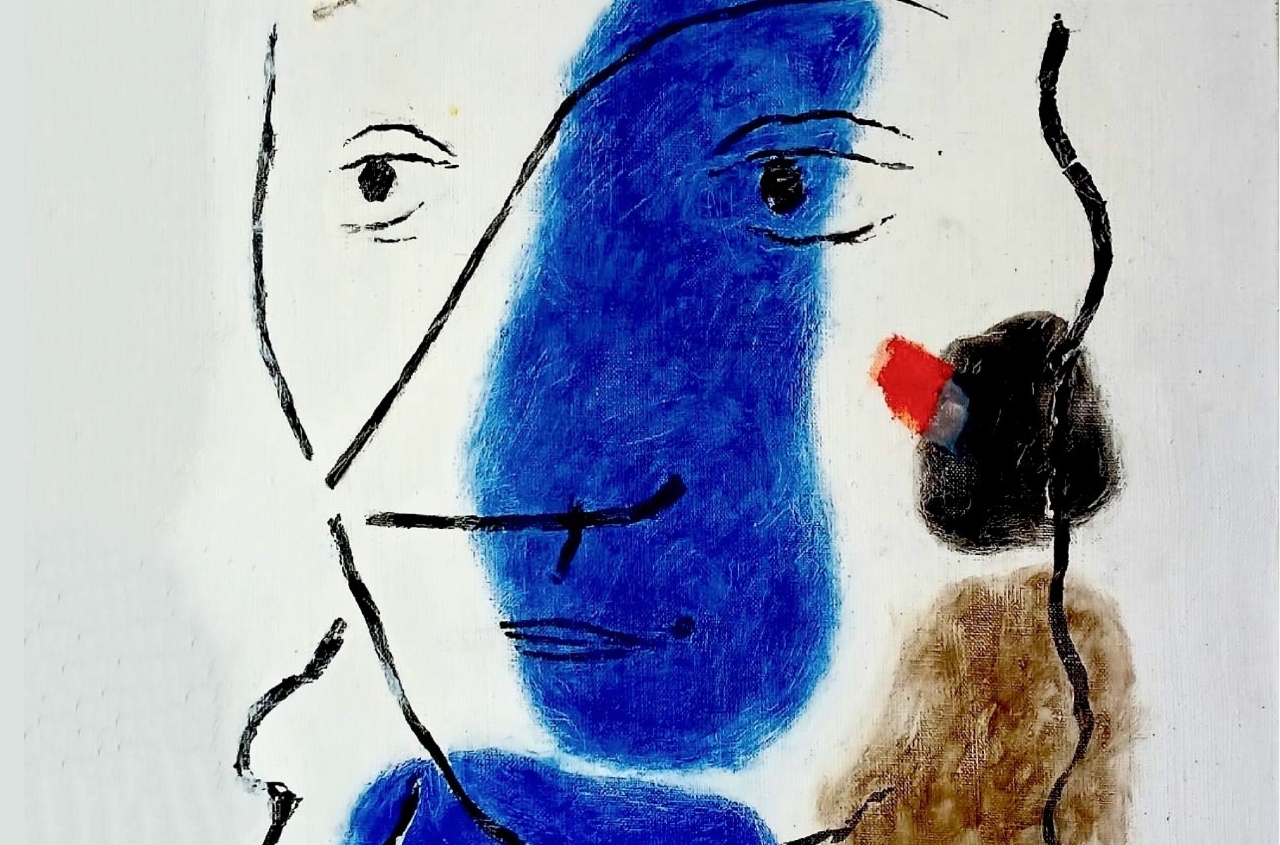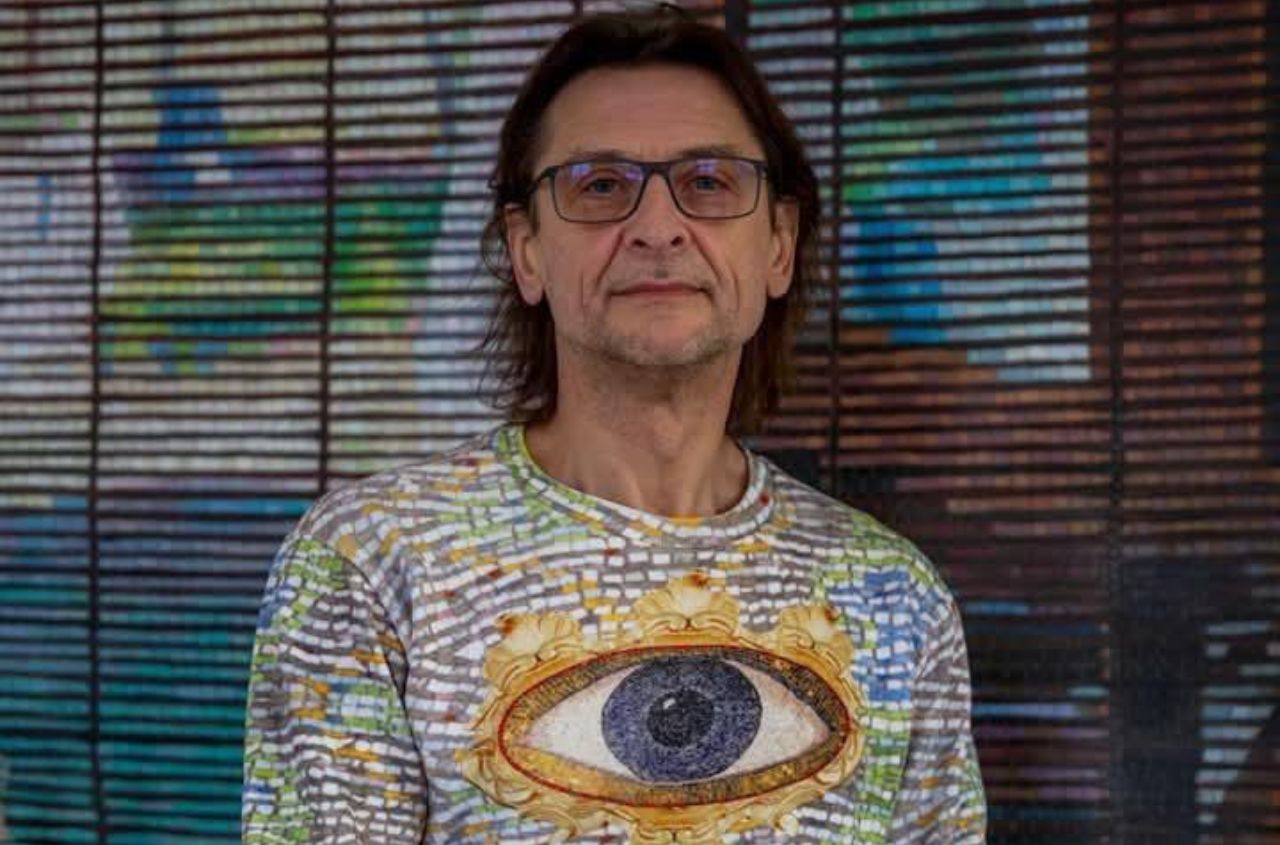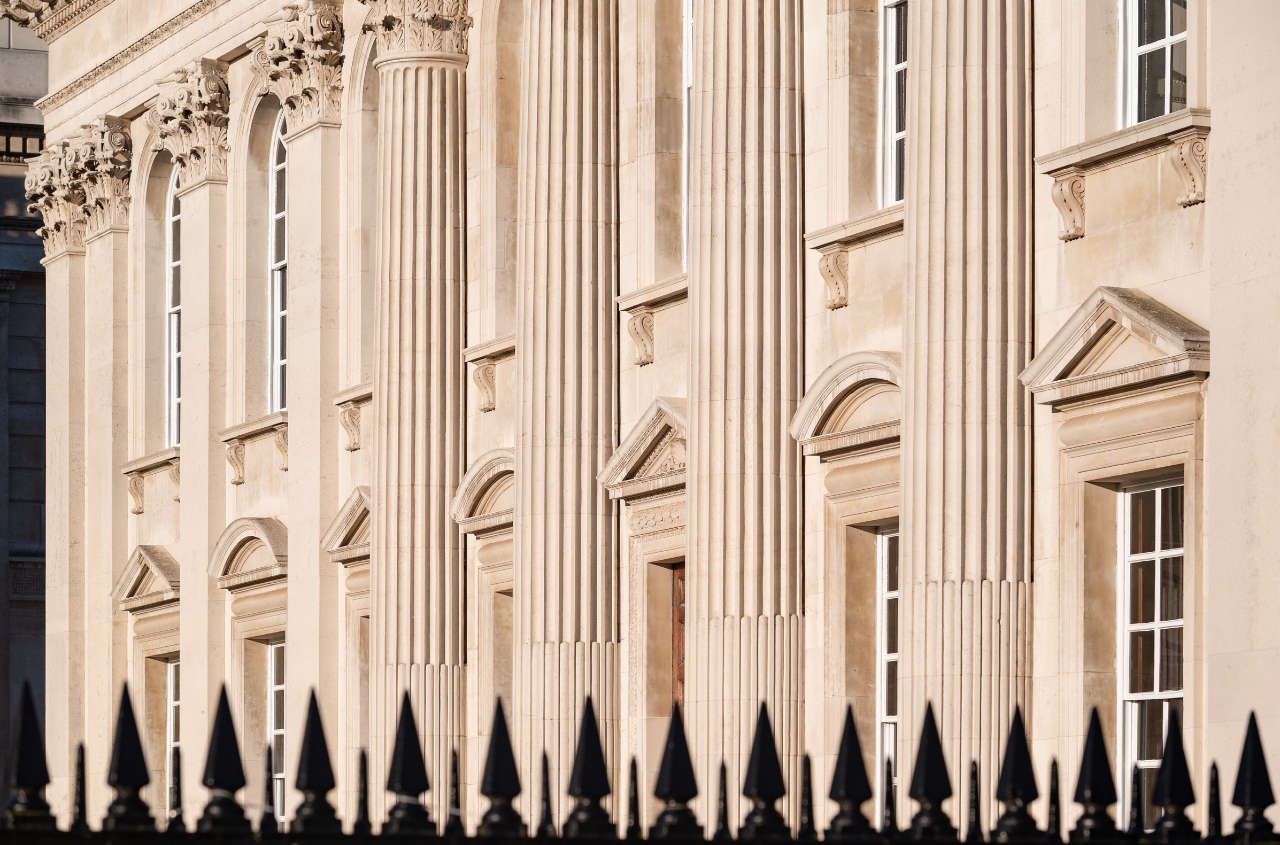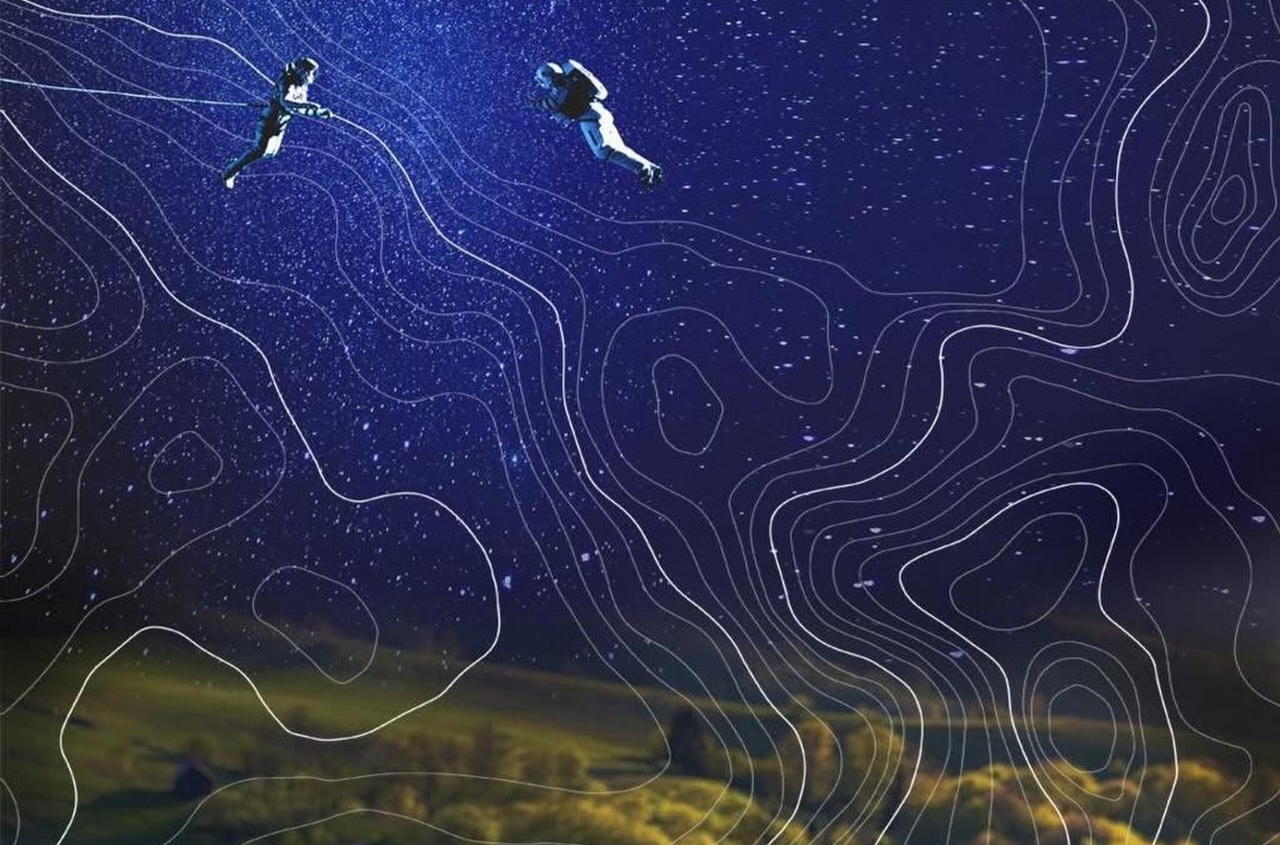Main image: Dima Erlikh
The thirteenth interview through images by Andrew Sheptunov
Dima Erlikh is an artist who doesn’t simply work with images — he constructs autonomous visual worlds where familiar objects acquire new, at times unsettling, at times ironic meanings. His practice weaves together painting, performance, and object-based work, with materials speaking just as loudly as the narrative. Erlikh has a rare ability to turn the visual noise of contemporary culture into independent symbols, while everyday details become markers that strike directly at the nerve of the present moment.
Erlikh’s style is a hybrid where avant-garde freedom meets imagery shaped by his early interest in Mannerism. That influence was once an important tool — it helped him explore emotional distortion, elongated gestures, and heightened poses. But today he has reworked and surpassed those references: classical aesthetics have ceased to be a direction and instead have become a resource from which he selectively draws, without adhering to historical logic. His compositions still carry dramatic tension, but now it grows from contemporary impulses and the visual rhythm of our era.
Former mannerist techniques and his past interest in masks have transformed into parts of his personal vocabulary — not themes he continues to develop, but experiences that once shaped his vision. Erlikh intentionally brings together unexpected elements — objects, symbolic fragments, plants, OSB surfaces — forcing them to exist within a shared space. This creates friction between the high and the
mundane, the sacred and the urban, the bodily and the decorative. His style resists easy categorization because it is built on collisions. Erlikh tells stories through the incompatible, and it is this very incompatibility that defines his strength.
His work oscillates between the grotesque and a patient attentiveness to detail. Elements that once appeared through the motif of the mask have evolved into a broader interest in the structure of personality — in internal roles, hidden tensions, and shifting identities. His engagement with classical references now acts not as quotation, but as a method of maintaining a dialogue between past and present, where tradition behaves like a living, flexible organism.
Another essential layer of his practice is material. Erlikh chooses OSB boards, plants, and everyday objects not simply to outline context, but to set the structure of perception. Material in his work is never a background — it is a character with its own rhythm and mood. It’s difficult to place at the center either concept, gesture, or texture — because in their combination his contemporary artistic language emerges.
This is why Erlikh is easier to question not with words, but with images. His clearest answers are those given with a brush. Below are prompts to which the artist can respond through his paintings, objects, and visual gestures — each one opening a new facet of his world.
Questions Answered Through Paintings
1. Is there a work in which you interpreted the idea of a “new Ukrainian dream”?

2. Which of your works is a visual interpretation of Mannerist painting?
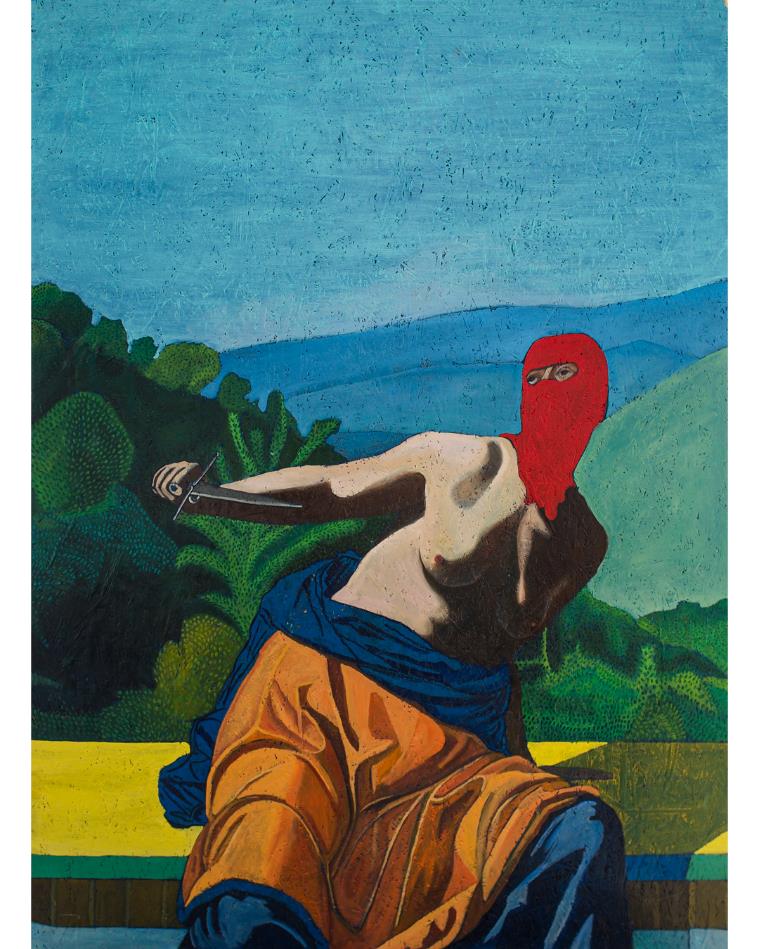
3. Which of your works would you call a “reconstruction of the classics”?

4. Which of your works feels the most ‘provocative’ to you?

5. Can you show through painting how modern social stimuli (music, masks, OSB boards) transform personality?
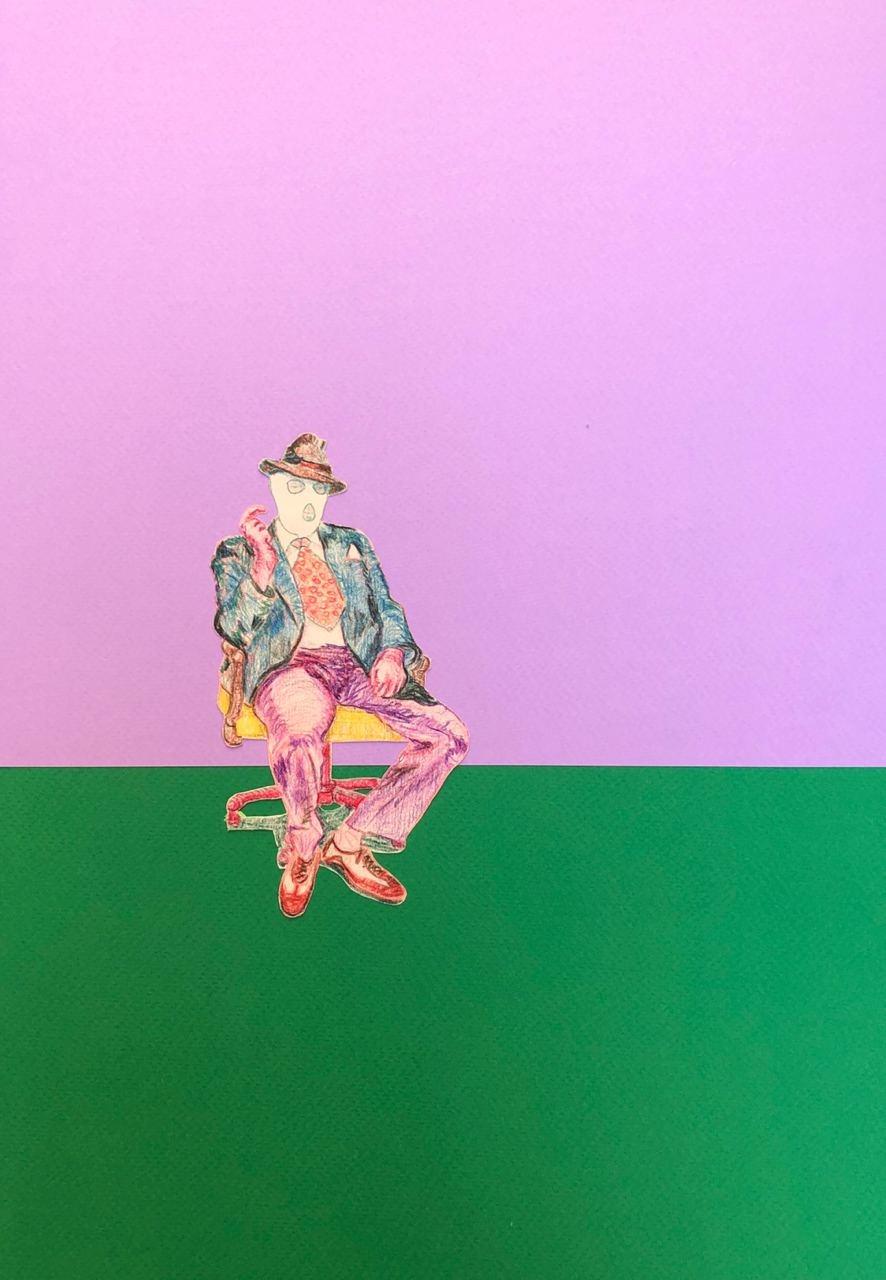
6. Is there a painting where plants play the same essential role they do in your installations?

7. What does your “soul” look like on canvas — which work is closest to your inner self?
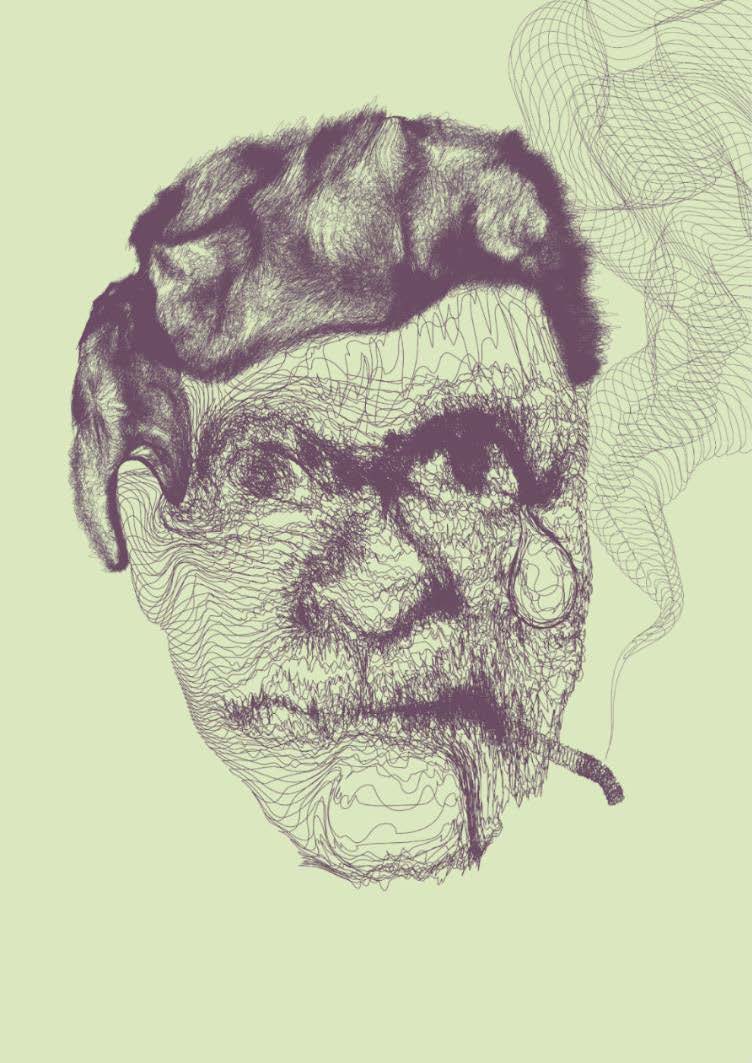
8. Do you have a work that reflects your self-critical side?
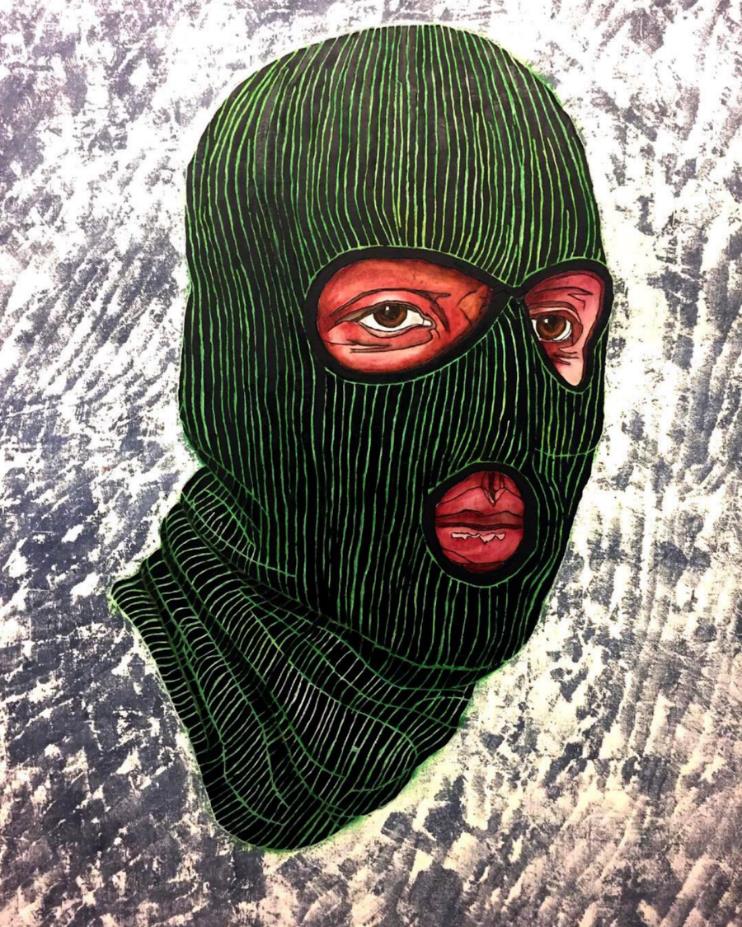
9. Which of your works could serve as a visual soundtrack to underground music?

10. Which work creates a visual dialogue with David Hockney?
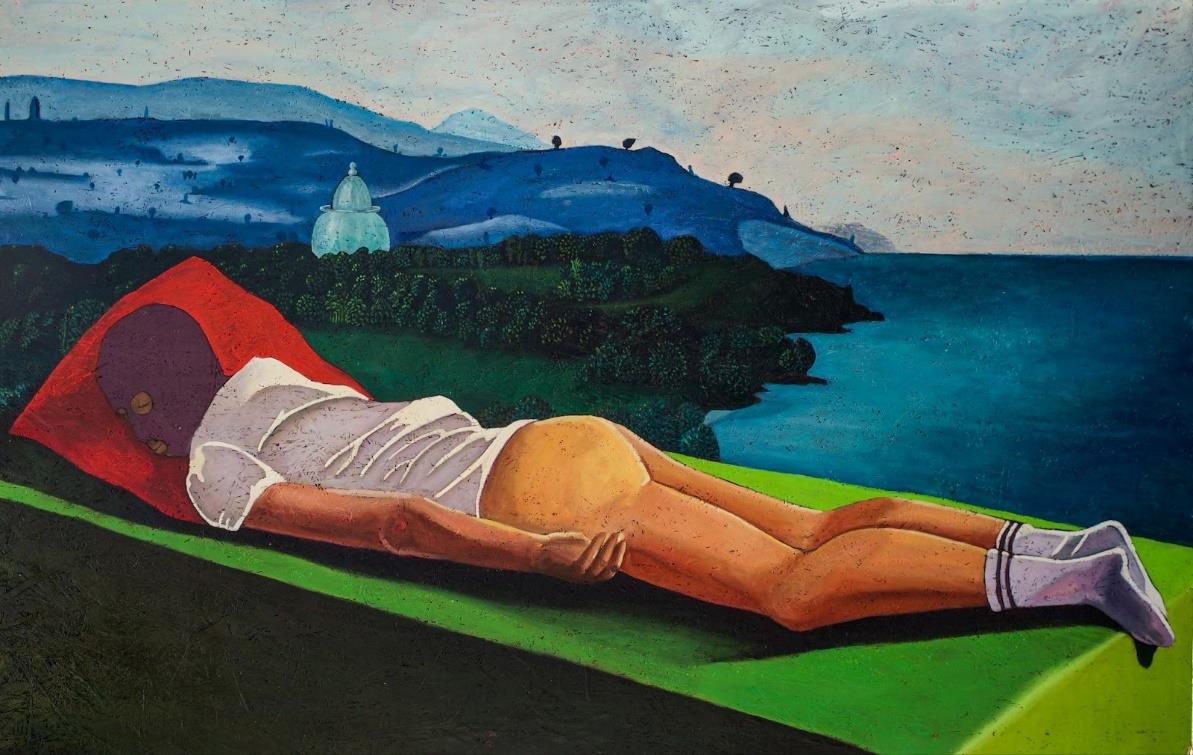
11. Can you name a work where OSB boards are not a background, but an active participant in the composition?
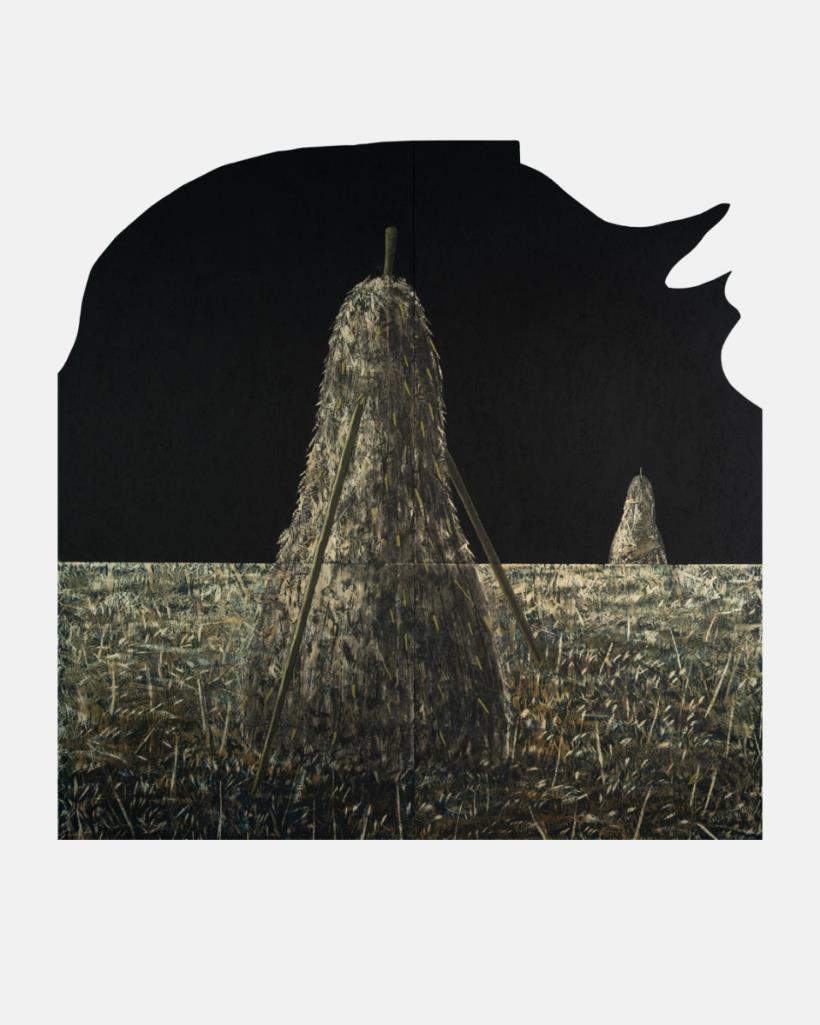
12. Which work would you paint if asked to portray Odessa’s culture — without humour?

Dima Erlikh’s works don’t provide ready-made answers — instead, they create a space for reflection, where the viewer constructs meaning from fragments, textures, tensions, and visual clues. His paintings and object-based gestures become markers of an era in which people increasingly exist between the real and the constructed, the sincere and the masked. Erlikh doesn’t moralize and doesn’t explain — he sets traps for perception, provokes, poses questions, and watches how the viewer changes after confronting his visual language.
Perhaps this is where the force of his art lies: it doesn’t aim to please, yet it inevitably invites contemplation. Erlikh’s works are not illustrations but reactions, not commentary but reflection. They demand attention, honesty, and readiness to see oneself in what may appear strange or bold. His works are a territory through which it is essential not to pass hurriedly.
Artist’s Social Media









